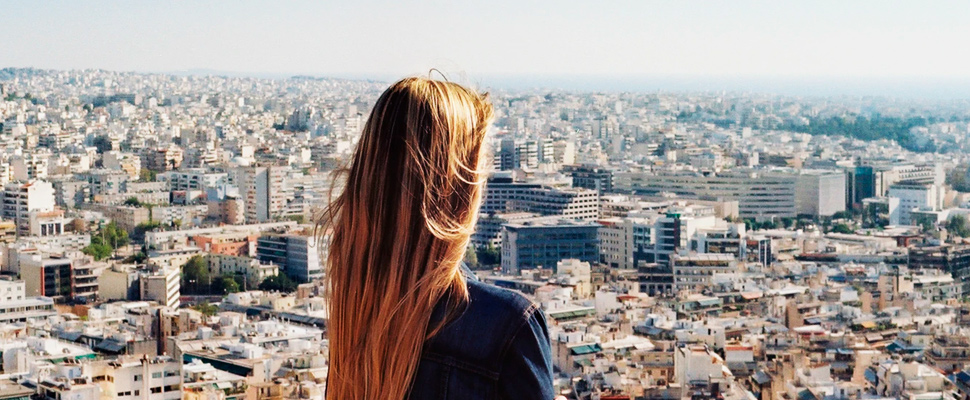Where is it safe to be a woman in the world?
Last month, the Georgetown Institute for Women, Peace, and Security, in partnership with the Peace Research Institute of Oslo, released the second edition of the global Women, Peace and Security Index (WPS Index) at the United Nations.

Woman with the city in the background. / Photo: Unsplash – Reference image
The Woman Post | Luisa Fernanda Báez Toro
Listen to this article
Leer en español: ¿En qué partes del mundo es seguro ser mujer?
Being 1 the best possible score according to the report, the best place to be a woman would be Norway, which, as read on American Magazine scored 0.904 on the WPS Index. Yemen, on the other hand, is the worst place to be a woman with a score of 0.351.
This report examined the performance of 167 countries and, according to The Strategist, it found that even though women’s wellbeing had improved in almost 60 countries, “it had deteriorated in many war-torn nations due to worsening security conditions”.
As read on Relief Web, the financial inclusion, legal reforms and access to education are the most marked gains for women worldwide. However, progress remains slow and uneven all over the world.
For example, even though there is a lot of evidence about the importance of women´s participation in economy to make it grow, around 2.7 billion of us are still legally restricted to work in the same jobs as men. “Financial inclusion remains low in conflict-affected countries, at only about 1 in 10 women. Regional rates of women’s financial inclusion remain below half the global average in the Middle East and North Africa”, reports the WPS Index.
Also, the data revealed that too many countries still do not have women’s parliamentary representation and employment. “Globally, women hold nearly one-fourth of parliamentary seats”, says the report.
Also read: We are no longer afraid: International Day for the Elimination of Violence against Women
This week, the International Day for the Elimination of Violence against Women was celebrated and the report reveals that countries in conflict have higher rates of sexual violence, a form of violence that has devastating effects on the victims and their families. “Our analysis finds that among countries experiencing organized violence, conflict-related sexual violence is reported in almost 7 of 10 countries in the bottom third of the index.”
The Index also includes a measure of intimate partner violence experienced in 2018 and revealed that around one out of eight women globally experienced such violence.
The importance of the WPS Index is that it works as a guide for policymakers to locate areas of concern and create programs that help progress women in the last countries of the ranking. Finally, they recognize the importance that men have when it comes to achieve gender equality.
"The global gender equality campaign increasingly recognizes the importance of engaging men and boys in transforming harmful gender norms, enacting progressive laws and policies, and achieving universal human rights", says the report.





